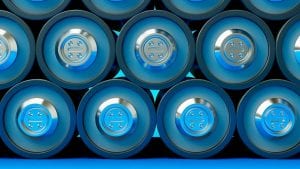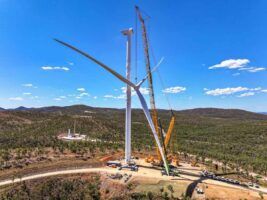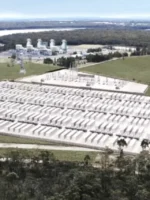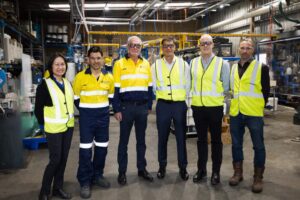Federal Labor has lowered the benchmark rate of return on investment for the Clean Energy Finance Corporation to levels set before Coalition government changes to the green bank, and added measures to help strengthen social licence and local content for Australian renewables projects.
According to updates to the investment mandate, the CEFC board must now target an average return of at least the 5-year Australian government bond rate, plus 2% to 3% per annum over the medium to long term as the benchmark return.
The changes undo the increases to target investment returns, ratcheted up under successive Coalition governments, which the CEFC has previously described as “unrealistically high.”
The CEFC was established by the Labor Gillard government in 2012 and allocated $10 billion to invest in Australia’s emerging clean energy sector.
After surviving an Abbott government attempt to abolish the green bank in 2013, it was subjected to funding cuts and changes to the investment mandate, including a requirement to deliver returns 3% to 4% above the 5-year Australian Government bond rate.
In 2020, CEFC chair Jillian Broadbent told then energy minister Josh Frydenberg and finance minister Mathias Cormann that the benchmark was “an unrealistically high return target” for the market, at the time.
“It does not reflect the CEFC’s considered approach to risk and the composition of the current investment portfolio,” Broadbent wrote.
This was born out by an Australian National Audit Office (ANAO) report, which found the CEFC had fallen short of reaching government-mandated investment returns every year since 2014–15.
Elsewhere, further changes to the investment mandate underline the importance of local content, requiring projects backed by the CEFC to deliver local job opportunities and use local products and services, particularly in regional Australia.
The mandate says that when investing in businesses that supply goods or services needed to develop or commercialise clean energy technologies, the CEFC must consider if they support resilient clean energy supply chains and enhance sovereign capacity to meet national climate and renewable energy targets.
“”We’re ensuring the CEFC – the world’s largest green bank and a proud Labor legacy – has a renewed focus on increasing local content and jobs in their investments,” said federal energy minister Chris Bowen.
“We’re now catching up on the big opportunities missed to supercharge Australian manufacturing of clean energy technologies like panels, batteries, turbines and parts, and maximise local jobs.”










